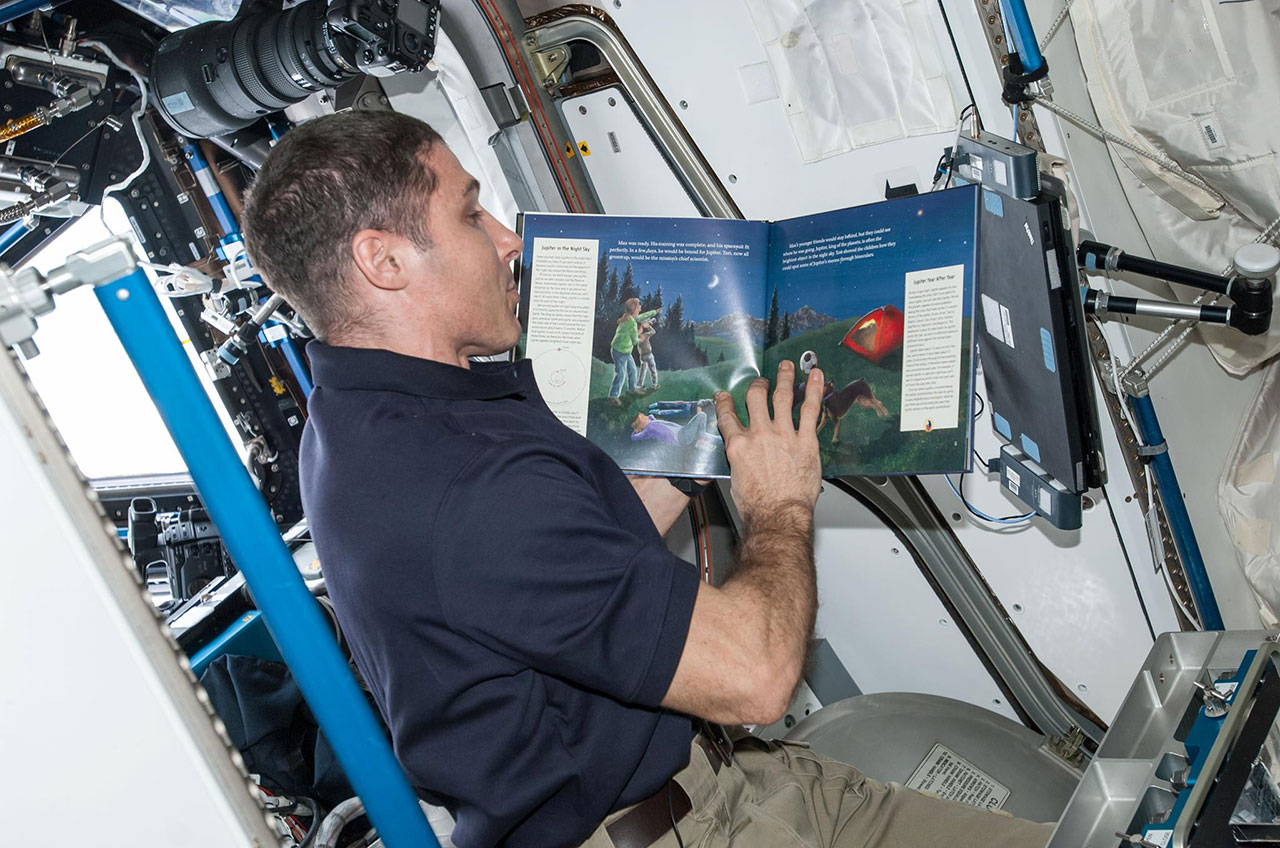
In addition to the lives taken, the storm cost more than $50 billion, which makes it one of the most costly natural disasters in American history, second only to Katrina.Ĭostly as Sandy was in both lives and money, without the constellation of weather imaging satellites at our command the impact of the storm could have been much, much worse. Twenty-four US states felt Sandy’s wrath in one form or another. At one point, winds from the storm battered an area more than 1,000 miles wide. Its effects enveloped millions more in six countries. It is a search that has already begun.In late 2012, Hurricane Sandy killed 286 people, including 117 in the United States. Considering that we have already surpassed seven billion, before long we might have to look at new worlds on which to establish ourselves. According to a 2012 UN Programme for the Environment report, the Earth can sustain a population of eight-to-16 billion at most. Very soon, if we want the human race to survive, we will need to colonise another planet. There’s been enough damage done to this planet. And we would never have gone to a comet, as last year’s Rosetta mission did, to search for the origins of life. Without this thirst, our ancestors would never have left Africa, let alone set foot on the moon. For a start, there is a motive underpinning people’s willingness to risk their lives exploring space: that is, the thirst for exploration, which, for time immemorial, has characterised humanity. But there are other, less overtly rational reasons, too. There are indeed practical and economic reasons to explore space, as outlined above. The US, the Soviet Union and China signed an international agreement in 1967, which prevents any claims of sovereignty upon a portion of outer space, and prohibits the placing of nuclear arms in the Earth’s orbit, on the moon, or on other celestial bodies. Securing a seat in the front row of space research allows military superpowers like the US, Russia and China to monitor the moves of rival countries and prevent, for instance, the race for the possession of a ‘slice’ of space and the resources it offers (think of the moon, for example). The political role of surveillance satellites in studying the military movements of countries is well-known. On the moon, you can also find europium and tantalum, elements always needed in the field of electronics and in the construction of solar panels.Ħ) It guarantees us greater world security The moon, for example, is rich in helium-3, a very rare isotope on Earth that is used mostly for nuclear-fusion research. But there’s no need to go so far as asteroids in the search for the raw materials we need on Earth.

There’s been much talk of private companies, intent on extracting raw materials from asteroids, turning space material into ready cash.
#We need our space in time in time trial#
Not only is there, therefore, plenty of opportunity to trial new anti-osteoporosis drugs and treatments in space, it’s also a lot easier to do so than it is on Earth. After one month’s exposure to microgravity, an astronaut loses about 1.5 per cent of his bone mass, the same percentage as that lost by an elderly person over the course of a year.

Not only does this afflict the elderly (particularly women) – it also affects astronauts on the International Space Station (ISS). Today, one of the most promising sectors is research into osteoporosis – a condition that causes a loss of bone mass, which means that bones become weak and more likely to break. Fortunately, we already have instruments that allow us (in most cases) to predict and study asteroids’ transit.įrom a robotic arm that can work directly using functional magnetic resonance imaging (FMRI) to methods of administering anti-cancer drugs aimed directly at diseased cells, research in microgravity has brought about important innovations in the field of medicine. Small asteroids break up in the atmosphere at the rate of one every fortnight, but there are some that are over 100 metres in diameter that we should keep an eye on.

The asteroid threat may be manna from heaven for the catastrophists, but it has to be taken into consideration: a serious and well-funded space programme must have the capacity to monitor large asteroids that could potentially destroy our planet.


 0 kommentar(er)
0 kommentar(er)
